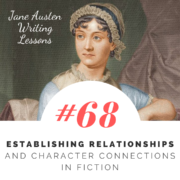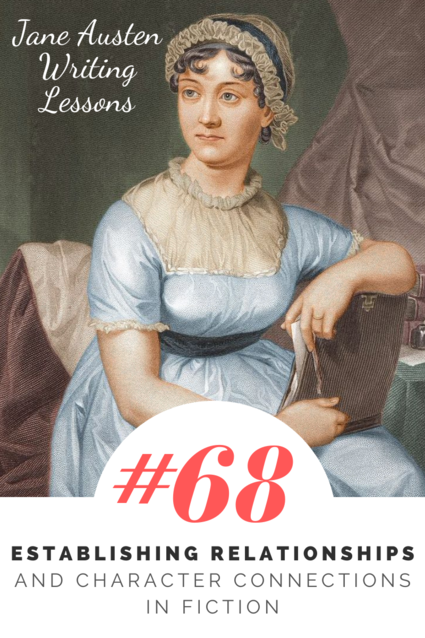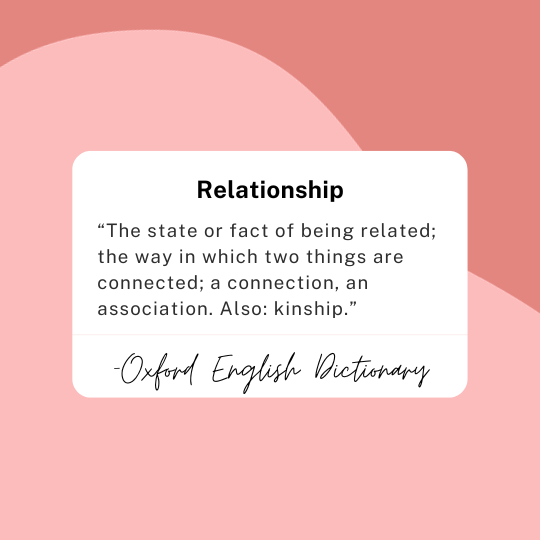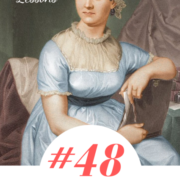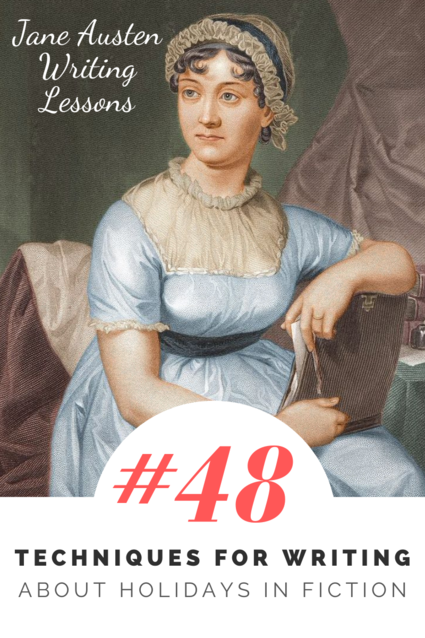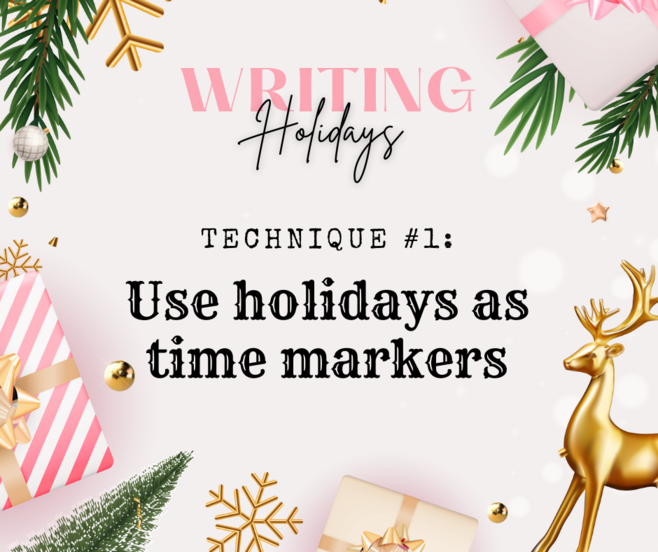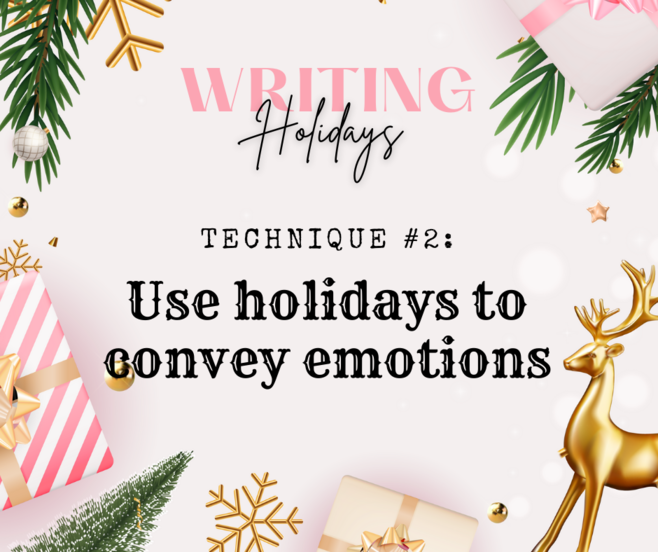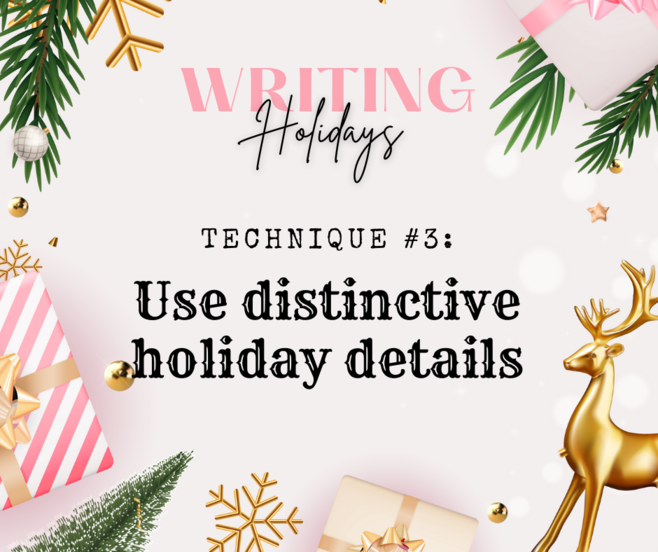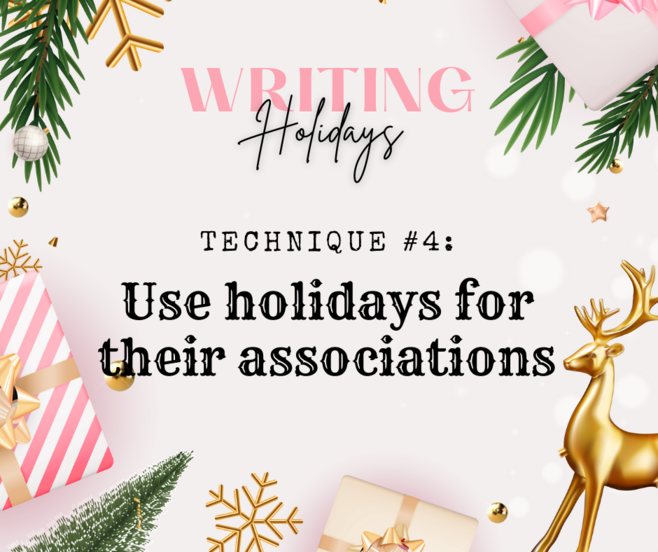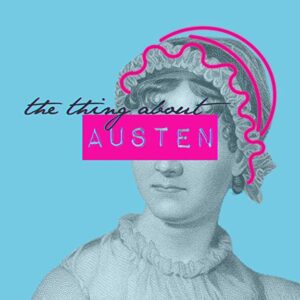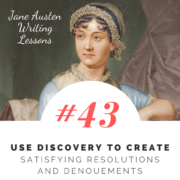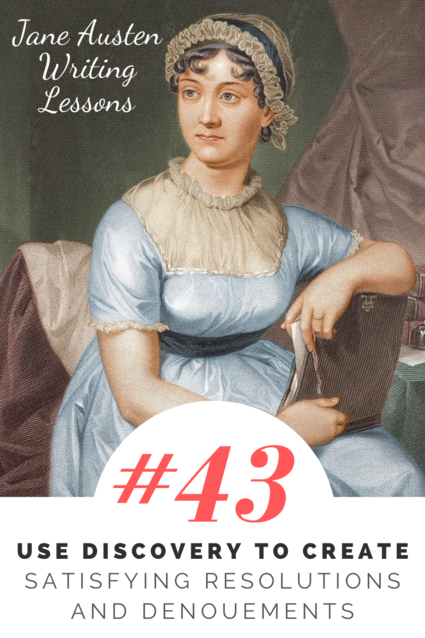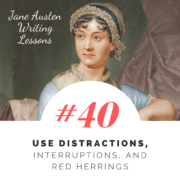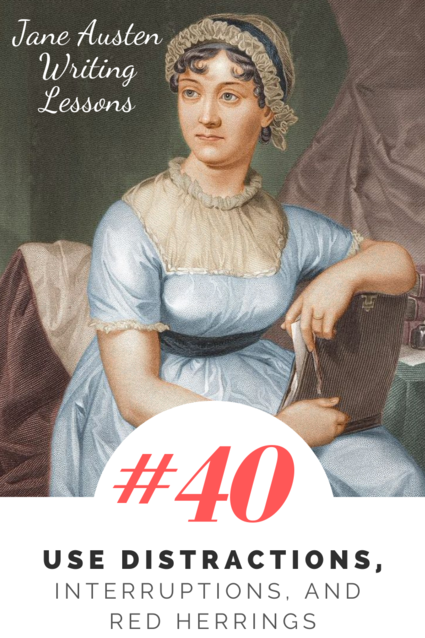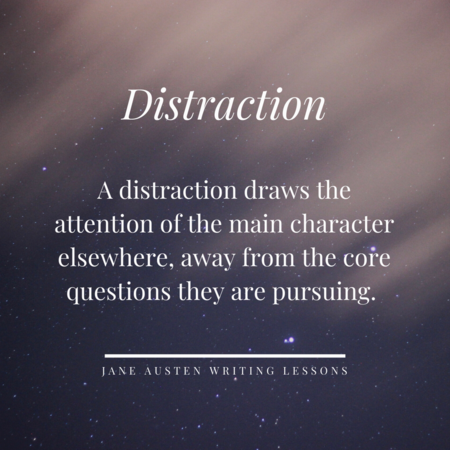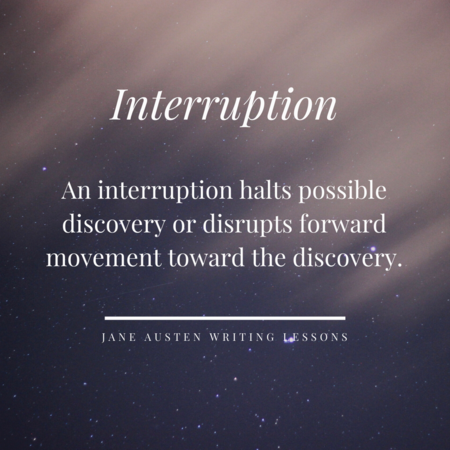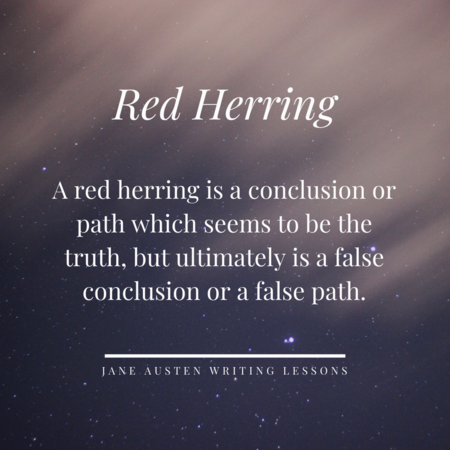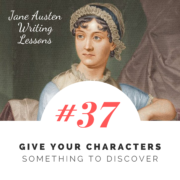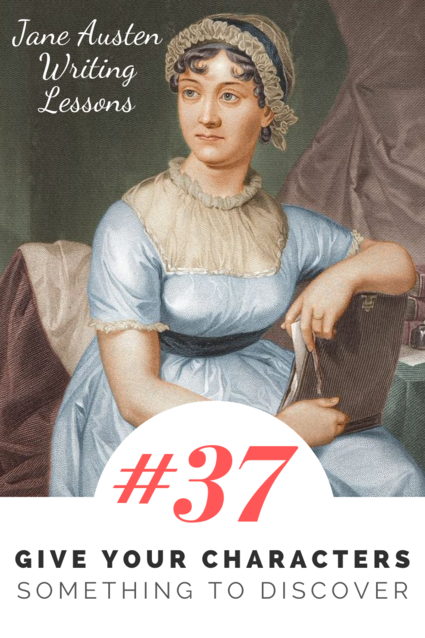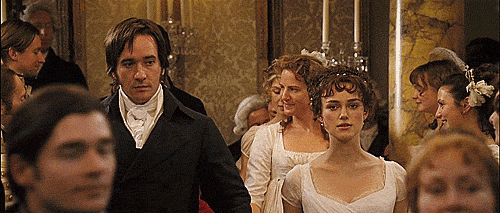#68: Establishing Relationships and Character Connections in Fiction
This is the first post in a new series within Jane Austen Writing Lessons which will focus on relationships and character connections. A lot of times we think about relationships as romantic, and we will talk about that (after all, Austen has written some of my all-time favorite romantic relationships). But before we get to that point, we’re going to consider more general principles of establishing character relationships and connections.
In Jane Austen’s novel Emma, the very first spoken dialogue comes from Emma’s father, Mr. Woodhouse. He declares:
“Poor Miss Taylor!—I wish she were here again. What a pity it is that Mr. Weston ever thought of her!”
Miss Taylor is Emma’s former governess. She has recently married Mr. Weston, and as a result she no longer works for Mr. Woodhouse. Mr. Woodhouse is highly opposed to her loss. Emma attempts to convince her father that the marriage is a positive thing, beginning by saying, “I cannot agree with you, papa; you know I cannot.”
In these first few pages of Emma, the relationships and connections between characters begin to unfold:
Even in these first few pages, Jane Austen masterfully establishes the relationships between different sets of characters. Many of these relationships become driving factors in the novel, influencing plot and character, and adding meaning and consequence to the characters’ actions. Some of the relationships shift and change over the course of the novel, while others remain relatively static.
The first definition for the word relationship in the Oxford English Dictionary (OED) is as follows:
The state or fact of being related; the way in which two things are connected; a connection, an association. Also: kinship.
It’s only in definition 2b that the OED defines a relationship in an emotional or sexual way, so let’s linger on this first definition of relationship, in which two people are related or connected in some way.
The primary root for the word relationship is the word relation, which, according to the OED, began to be used in English in around 1398. A relation means there is a “connection, correspondence, or contrast between different things.” Examining the relation between two things means considering why they are associated or what connects them. A relation can also mean “the social interactions that occur and feelings that exist between two or more people or groups of people.”
As you write or revise your own fiction, it’s important to look at the relationships and connections between characters, both ones which involve your main character and relationships which only involve the supporting characters.
As I consider relationships in my own stories, I like to ask:
- What connects people?
- How do two characters know each other?
- How do they feel about each other? Why?
- How does one relationship affect other relationships in the story?
- Is the main character aware of the connections between other characters?
- How do the character relationships manifest on the page, in actions and behaviors?
- What events in the novel will cause shifts or changes in these relationships?
In the coming months, we’ll look more closely at how Jane Austen uses relationship arcs, builds webs of relations, and also constructs romantic relationships. But first, here are some writing exercises.
Exercise 1: Consider the first five to ten pages of your book. Make a list of each relationship that is established and what your reader knows about each relationship so far.
Exercise 2: Find a place that has a number of people and spend a few minutes people watching. If you see any relationships or connections between people, write them down. What sort of relationships do you think these people have? What clues help you understand these relationships?
Exercise 3: Write a scene about two characters who would be unlikely to have any sort of prior connection but do have some sort of relationship (i.e. a friendship, a past, same employer, etc.).

